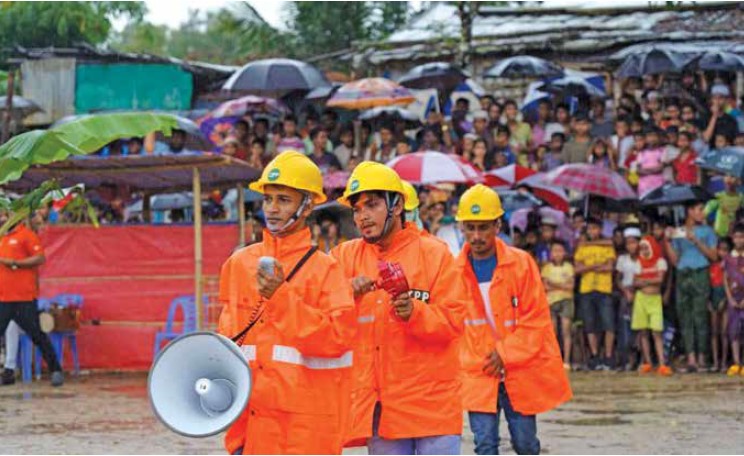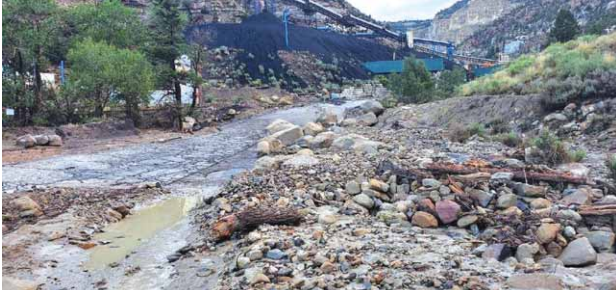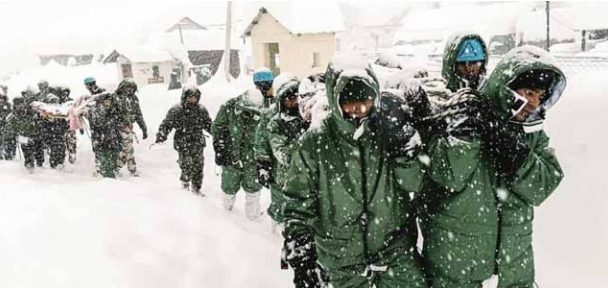On 24 July 2024, the United Nations Office for Disaster Risk Reduction (UNDRR) published the groundbreaking Resilience Expenditure Landscape report, marking a significant milestone in tracking global public spending on disaster risk reduction (DRR) and climate change adaptation (CCA). This first-of-its-kind report offers a comprehensive overview of financial allocations towards building resilience, crucial for mitigating the impacts of climate change and natural disasters. The initiative, developed by UNDRR, uses a coordinated system of budget tagging to classify expenditures and aims to improve the transparency and efficiency of national and international investments in resilience.
One of the report’s key highlights is its analysis of country initiatives that have employed DRR and CCA budget tagging, a mechanism that allows governments to better understand the size, patterns, and trends of public spending in these areas. By synthesizing lessons learned from various nations, the report identifies both gaps and progress in how countries allocate funds towards reducing disaster risks and adapting to climate change impacts. The analysis is particularly timely, given the growing frequency of extreme weather events and their devastating effects on vulnerable populations.
Budget tagging, as detailed in the report, enables policymakers to categorize public spending based on its direct or indirect contribution to DRR and CCA objectives. This system, tested across different countries, offers valuable insights into the efficiency of current financial allocations. For instance, the report found that average DRR and CCA expenditures in Africa represent about 0.6% of GDP, though this figure varies significantly from one country to another. The analysis shows that while some nations have robust systems in place, others heavily rely on international assistance to meet their DRR and CCA goals.
The Resilience Expenditure Landscape report also examines the financial needs required to achieve effective DRR and CCA outcomes. International data suggest that, on average, countries should be spending between 3% and 6% of their GDP annually on these efforts to adequately address climate and disaster risks. However, the report reveals a stark reality: current investments are meeting only 10% to 25% of these needs in most countries, leaving a substantial funding gap. To address this shortfall, the report calls for a significant increase in both domestic and international financial flows, urging developed nations to fulfill their commitments, including the $100 billion annual climate finance pledge made during the 2009 COP15 summit.
In addition to assessing the financial gaps, the report emphasizes the importance of aligning DRR and CCA policies with national development objectives. The coordinated system of budget tagging allows for better integration of DRR and CCA into broader development plans, ensuring that resilience-building efforts contribute to sustainable development. Furthermore, the report explores how DRR and CCA budget tagging complements other international initiatives, such as the COP28 commitment to operationalize the loss and damage fund, which aims to support nations most affected by climate change.
As a forward-looking document, the Resilience Expenditure Landscape lays the groundwork for future policy developments in DRR and CCA financing. It suggests the establishment of a global Disaster and Climate Expenditure Observatory (DCEO) to maintain a register of DRR and CCA budget tagging initiatives, providing regular updates on spending patterns and influencing policy discussions at both national and international levels.
This report marks a critical step toward bridging the gap between climate resilience needs and available resources. It provides a valuable tool for governments and international agencies to track, analyze, and ultimately improve the effectiveness of resilience expenditures, ensuring that nations are better equipped to handle the escalating challenges posed by climate change and disasters. As the world continues to grapple with the impact of climate-related disasters, the insights offered by the Resilience Expenditure Landscape are expected to play a pivotal role in shaping future global resilience strategies.
Source:
www.undrr.org






